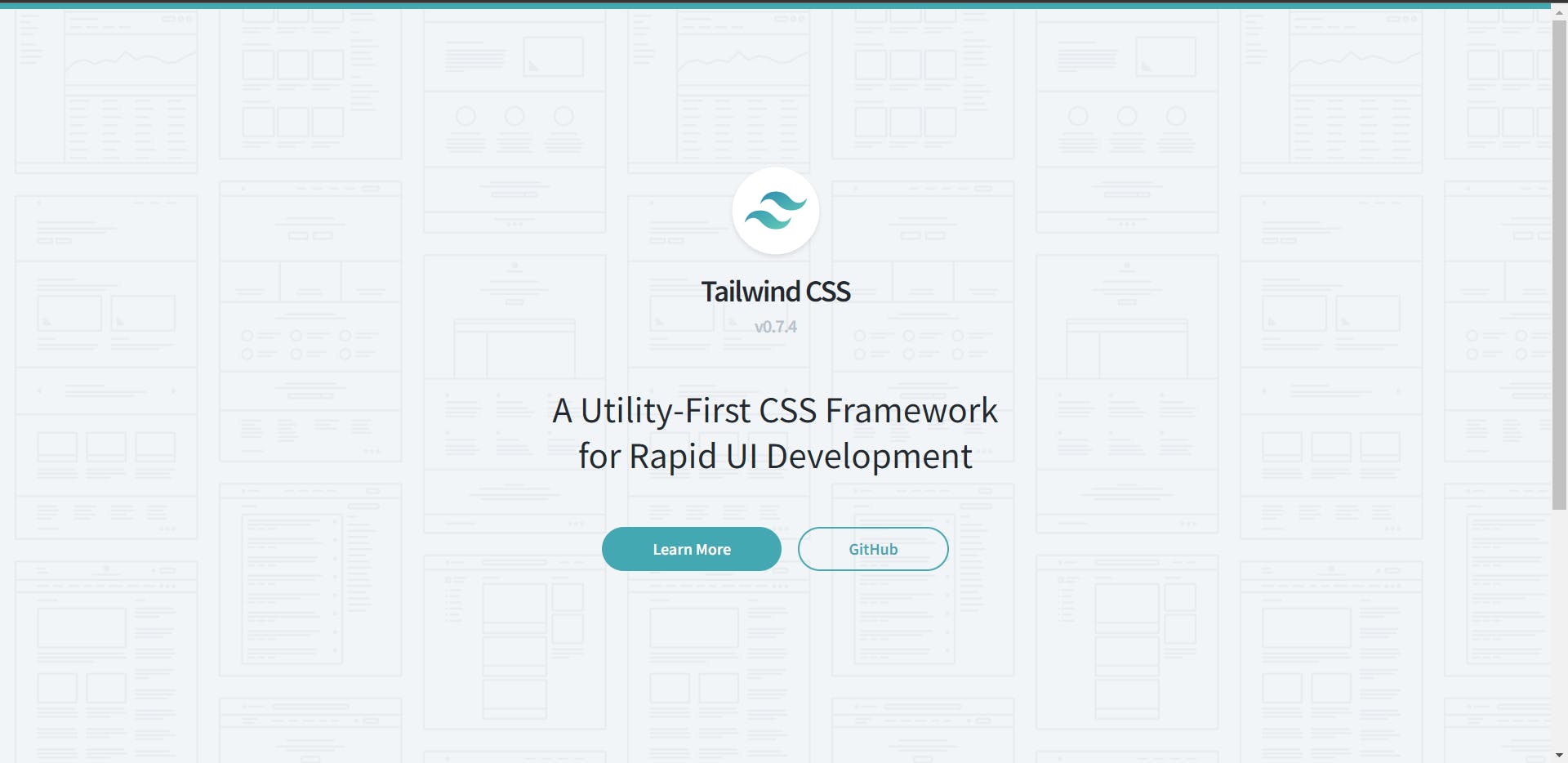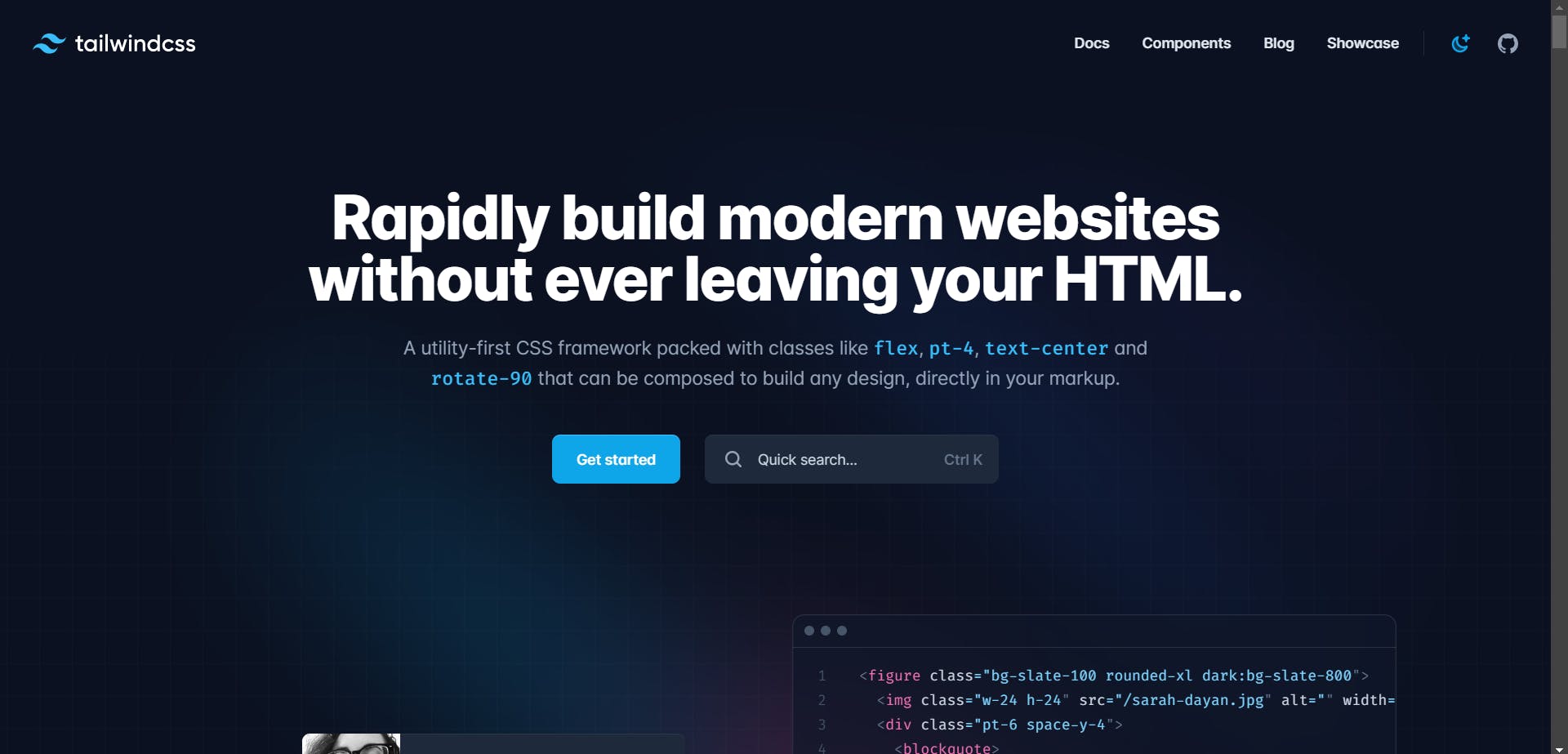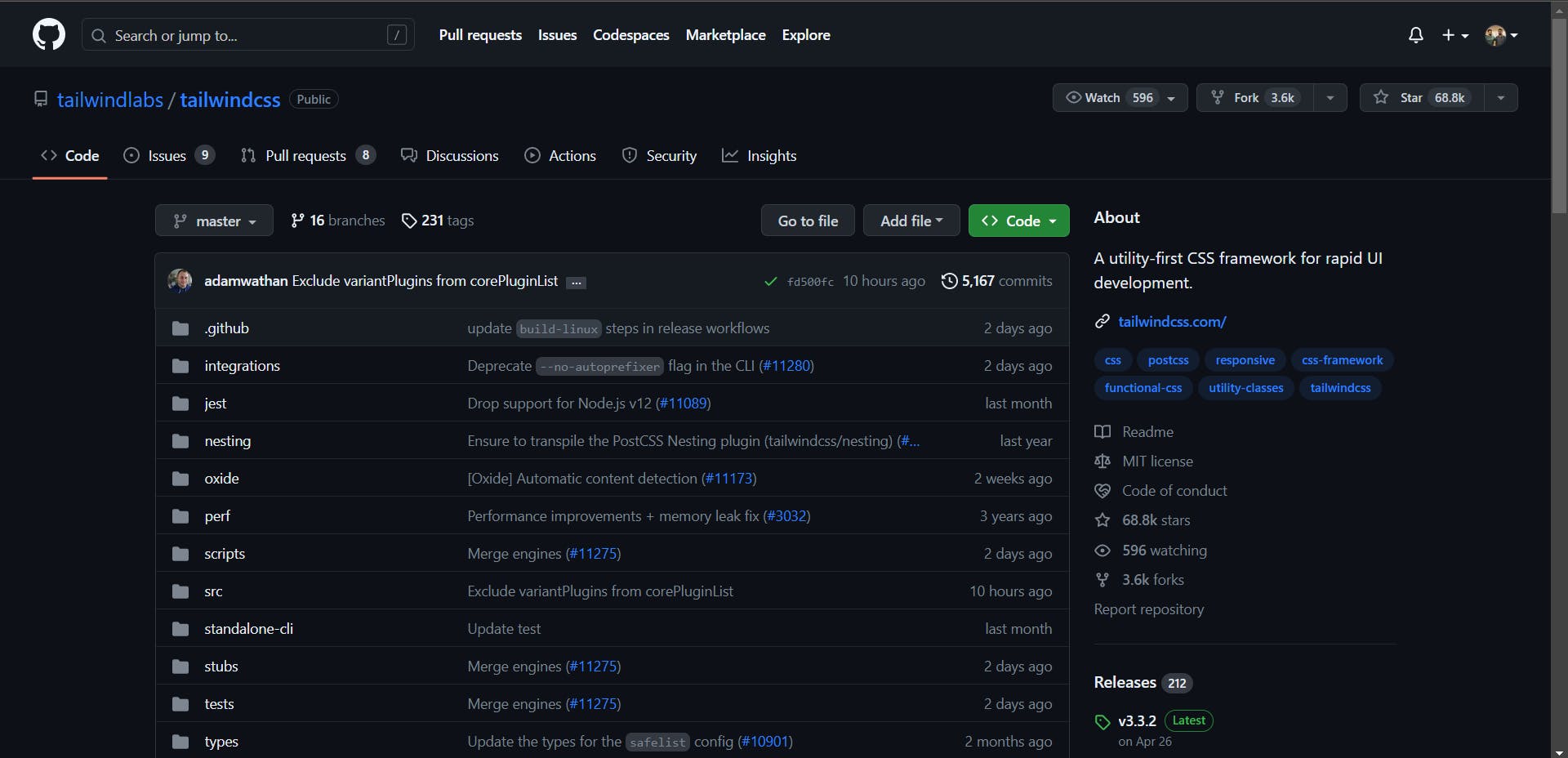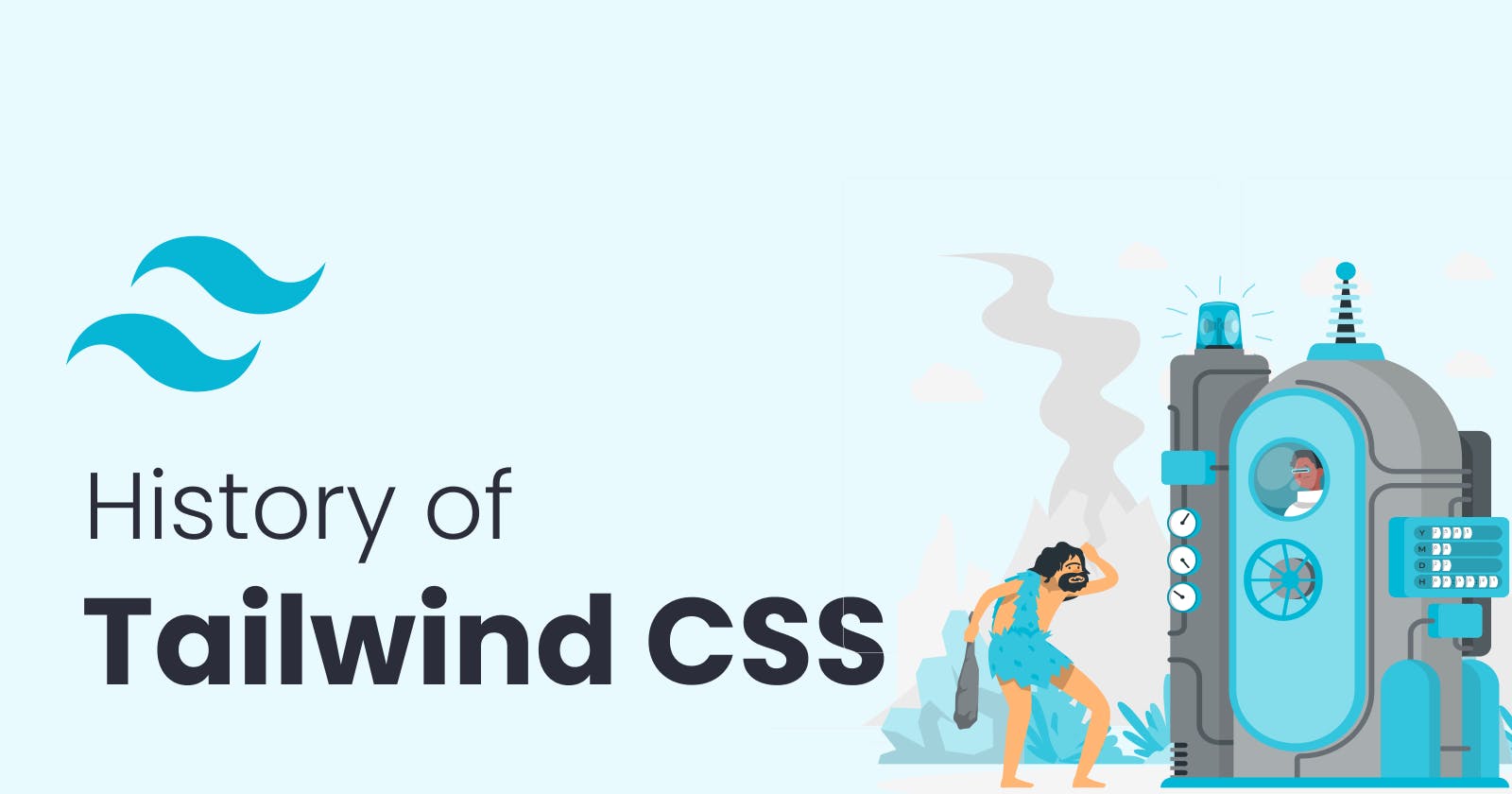Table of contents
History
The idea behind Tailwind CSS originated from the team's frustration with the limitations of traditional CSS frameworks. They wanted a framework that provided more flexibility and control over the design process while maintaining a streamlined workflow. This led them to develop Tailwind CSS as a utility-first CSS framework.
The initial release of Tailwind CSS introduced a comprehensive set of utility classes that covered a wide range of design aspects, such as spacing, typography, colors, flexbox, and more. These utility classes were designed to be highly composable, allowing developers to combine them to create custom designs without writing additional CSS code.

As Tailwind CSS gained popularity, its community grew rapidly. Developers appreciated its approach to providing granular control over styles and the ability to build responsive layouts easily. The framework's flexibility and customization options also played a significant role in its adoption.
Over time, Tailwind CSS has continued to evolve and improve. New features and enhancements have been introduced, addressing the needs and feedback of the community. In early 2021, Tailwind CSS introduced the Just-in-Time (JIT) mode, a significant update that improved the development workflow by generating CSS on-demand and reducing the final file size.
The popularity of Tailwind CSS has led to its integration with various front-end development tools and frameworks. It has become a popular choice among developers working with modern JavaScript frameworks like React, Vue.js, and Angular.

The Tailwind CSS team actively maintains and supports the framework, releasing regular updates, bug fixes, and new features. The framework also has extensive documentation and a supportive online community, providing resources and assistance to developers using Tailwind CSS in their projects.
Overall, Tailwind CSS has made a significant impact on the frontend development landscape, offering a unique approach to building user interfaces with its utility-first methodology and empowering developers to create custom designs efficiently.

Tailwind v0.7.4 Documentation: https://tailwindcss-v0.netlify.app/

Tailwind Latest Documentation: https://tailwindcss.com/
Latest Version of Tailwind (as of now): v3.3.2

Tailwind CSS Github: https://github.com/tailwindlabs/tailwindcss

Happy Coding!!
Follow for more
Linkedin: https://www.linkedin.com/in/prahladinala/
Github: https://github.com/prahladinala/
Instagram: https://instagram.com/prahlad.inala/
Twitter: https://twitter.com/prahladinala
Figma Community: https://www.figma.com/@prahladinala
Dribbble: https://dribbble.com/prahladinala
Behance: https://www.behance.net/prahladinala
Personal Portfolio: https://prahladinala.in
ToolMate: https://toolmate.co.in

